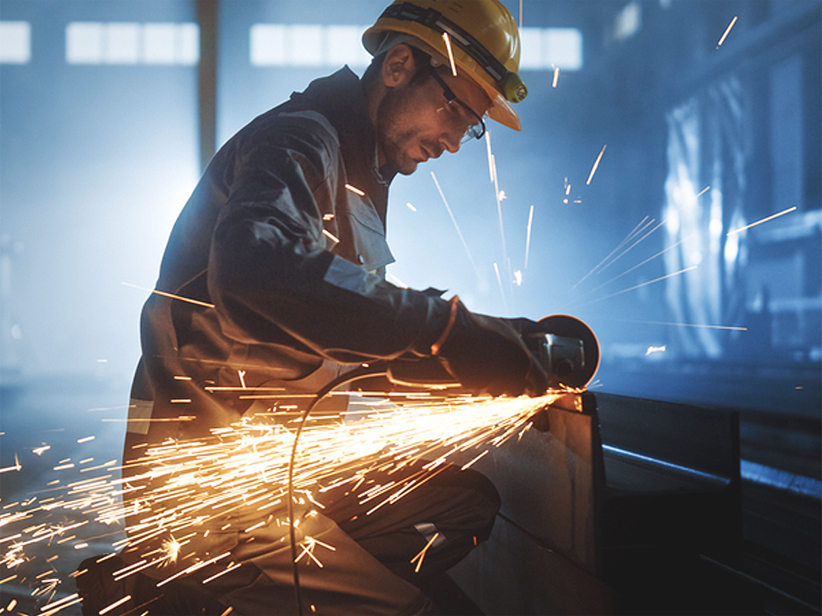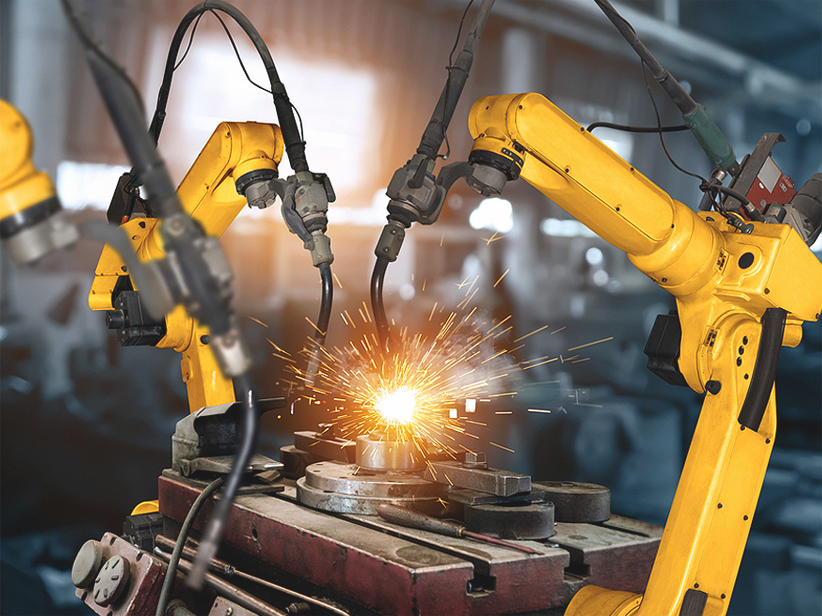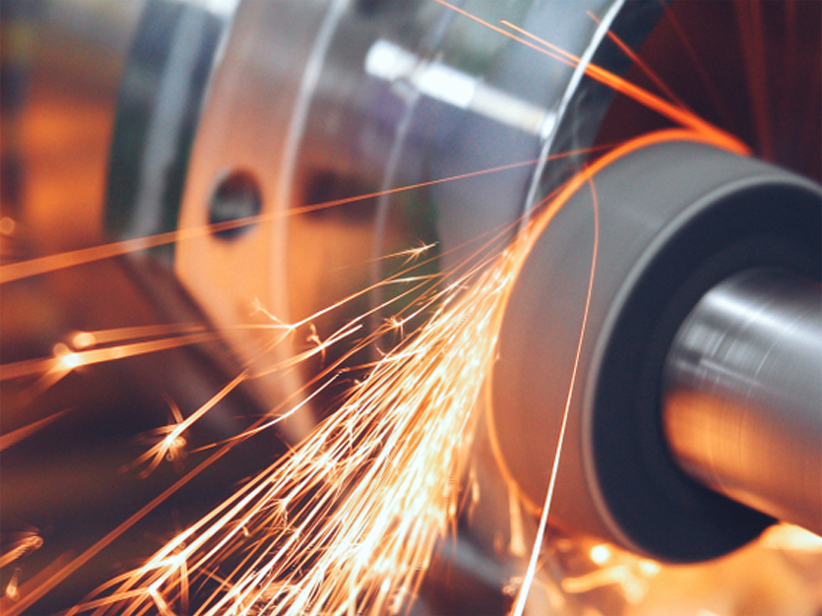HOW STEEL WIRE MESH IS MADE?
Steel is an alloy of iron and has distinct qualities that are very desirable. Stainless steel, in particular, is completely rust resistant and is very sturdy also which makes it perfect option for diverse uses in the economy. Its attribute of ductility (the capacity to be drawn into wires) is superb and this coupled with the tensile strength and flexibility make steel wires more purposeful; like for making the wire mesh and other products. Wire mesh is one of the simplest products derived from steel and is also one of the earliest. The wire mesh made of steel have been in use for centuries in one or the other forms and the ever-growing social economies around the world found more uses of it like for fencing & barricading, safety covers of running machines, cages, grills, sifters and shelves. One important function is also that of concrete reinforcement through welded wire mesh made of iron. Steel wire manufacturer companies cater to the secondary level ancillaries that make use of these wires to make the mesh either through welding or the weaving technique.
Stainless steel is known for its physical attributes like ductility which makes it the perfect option for making wires. The construction of mesh through these steel wires further improves the strength and flexibility towards various uses stated above. Depending upon the particular application, the manufacture of steel wire mesh is done accordingly; for example, in concrete reinforcement tasks, a welded mesh is prepared and the wires are generally thicker! Let’s see what are the common methods of making steel wire mesh.
A precise and semi-automatic type welding machine is used for making the welded wire mesh in steel. This machine has a chamber that is capable of delivering the welds at calculated junctions which in the case of a mesh is the points of intersection of the horizontally and vertically aligned steel wires. First of all, one alignment of parallel stainless steel welding wire is fed into the machine and then another set of parallel wires (which are perpendicular to the previous one) is fed. The points of intersection of the two wires at 90 degrees are welded together by the machine. The electrical resistance is used for generating ample amount of heat to create the weld. After the welding is done, another length of the parallel wires is forwarded into the machine and the same process of welding continues. When the desirable length of welded mesh is produced, the process is stopped and the mesh is cut into the demanded dimensions to be used towards the particular purpose.
Weave type wire mesh is made by a spinning technique that uses single wires which are aligned horizontally and vertically thus making 90 degrees’ angle with each other. Either the single strands or the double strands of stainless steel mesh wire are taken per weave depending upon the type of weave pattern to be achieved. Such spun weaving is done through automated machines that run in a programmed manner and deliver fast-paced weaves. Flexibility is the noted attribute in weaved steel wire mesh!.







